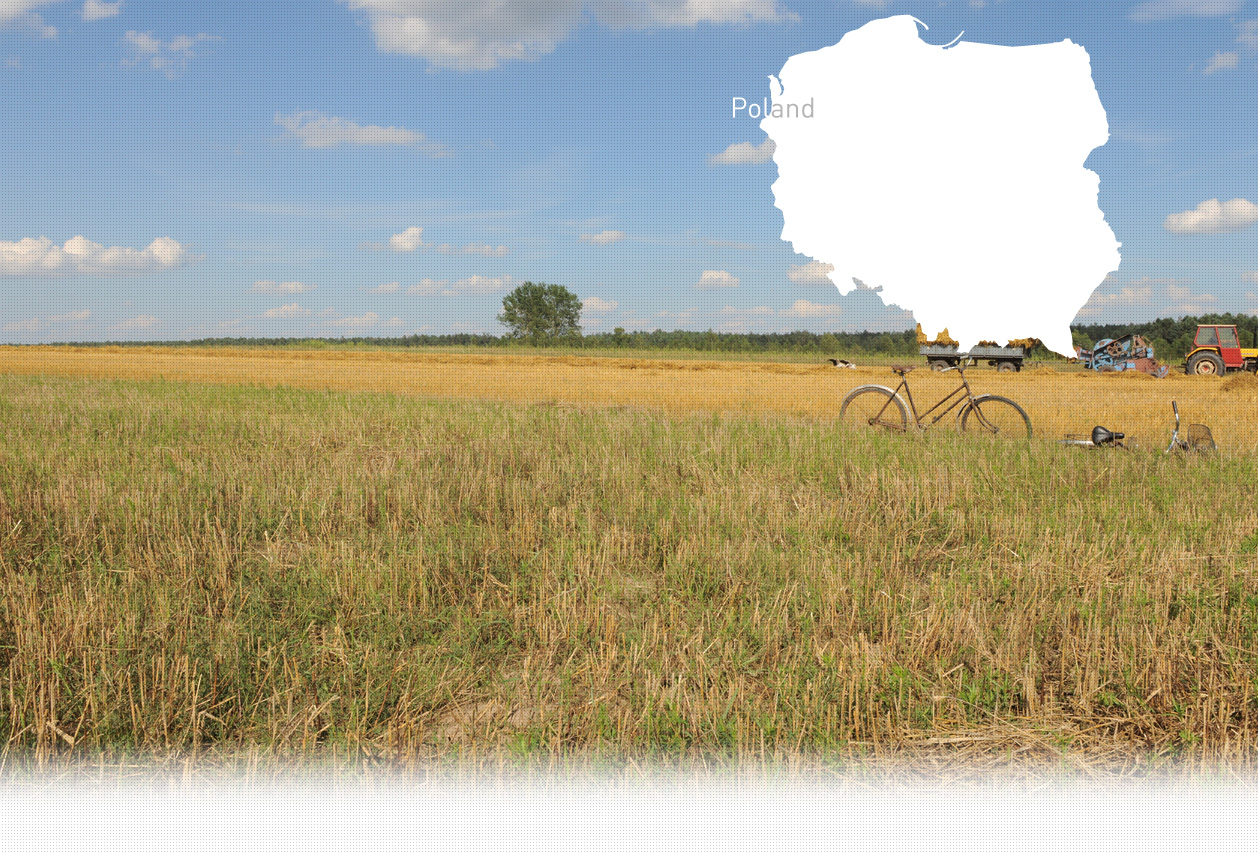

1 Killing site(s)
Franciszek M., born in 1927: “There were executions of Jews in Szczawnica. I remember the execution of 6 Jews. I assure you that 6 Jews were shot in their own home.The Gestapo came and killed these 6 men. I knew them because, in the village, everybody knew each other. We knew each other very well. We went to their shops so we definitely knew who they were. I spent all summer in my uncle’s house in Nowy Sacz. That is why I did not see other shootings. As you know, there was another execution, but I was not there. I was here only during the winter and with my uncle during summer because he had a farm. I saw the wagons carrying Hungarian Jews. We were near Stary Sacz. Jews were placed in cattle wagons. The Germans did not allow us to come close to the train. The Jews called to us because they wanted us to bring them water, but we were not allowed to. The Nazis watched us so we could not come closer.” (Witness n°780, interviewed in Jaworki, on March, 14th 2018)
1/ Date and place of the execution: June, 8th 1942
2/ How: Execution
3/ Victims: Jews, 12 people, native of Szczawnica- N. Hecht, N. Barber, Blaugrund Bstera, N. Stogerowa, Solema Fröhlich, Regina Brandtsadter, Schneidla Brachfeld, N. Wachsberg, Semmel Helena, N. Neugröschlowa, N. Schiffowa, N. Goldberg,
4/ Why: Do not know; extermination of Jews.
5/ Who shot: Gestapo from Zakopane
6/ Name of perpetrators: unknown.
7/ What did they do with the corpses: Nothing
8/ Where are the corpses buried: brought to Kroscienko and buried in Jewish cemetery
9/ Description of grave: /
10/ Exhumation: No
11/ Possible exhumation: Yes. [Questionnaire on mass executions and mass graves, n°586, RG-15.019M]
Szczawnica is located 120 km southeast of Krakow. The Jewish community was present in Szczawnica since the mid-18th century, according to parish records in 1752. At the end of 1870’s, 94 Jews lived in the village. During the following 60 years, the number increased by four. On the eve of the war, 343 inhabitants of Szczawnica were Jewish. Szczawnica is a known mountain resort, which started to develop in 1860, when the wealthiest Jews from Krumholzow, Stögerow, Engländerow moved here and bought parcels to build guesthouses. At that time numerous kosher restaurants and high-standard hotels developed. The majority of Jews were involved in tourism and small scale trade. There was one cemetery for two Jewish communities, one in Szczawnica and another one in Kroscienko. The majority of Jews lived on the main streets of the town. According to the local witnesses interviewed by Yahad, the Jewish children went to the same school as non-Jews.
The town was occupied by Germans in September 1939. However, the Jews continued to live in their houses and no particular measures were implemented. A Gestapo headquarters was established in Szczawnica. All the wealthy Jews managed to leave the town shortly after the invasion of the Soviet Union. The remaining Jews were displaced to Nowy Targ. Once there, after a selection, the Jewish men fit to work were sent to different labor camps. Nevertheless, the fact that the majority of the Jews were displaced, there were several isolated executions conducted by the Gestapo unit stationed in Zakopane. One of such executions took place in July 1942, when 39 Jews, women and men among them, were taken to an orchard and murdered. According to the local witnesses interviewed by Yahad, a couple of Jews, for instance a Jewish tailor, were left alive until the Germans needed his services. In the end, he was murdered as well.
Do you have additional information regarding a village that you would like to share with Yahad ?
Please contact us at contact@yahadinunum.org
or by calling Yahad – In Unum at +33 (0) 1 53 20 13 17